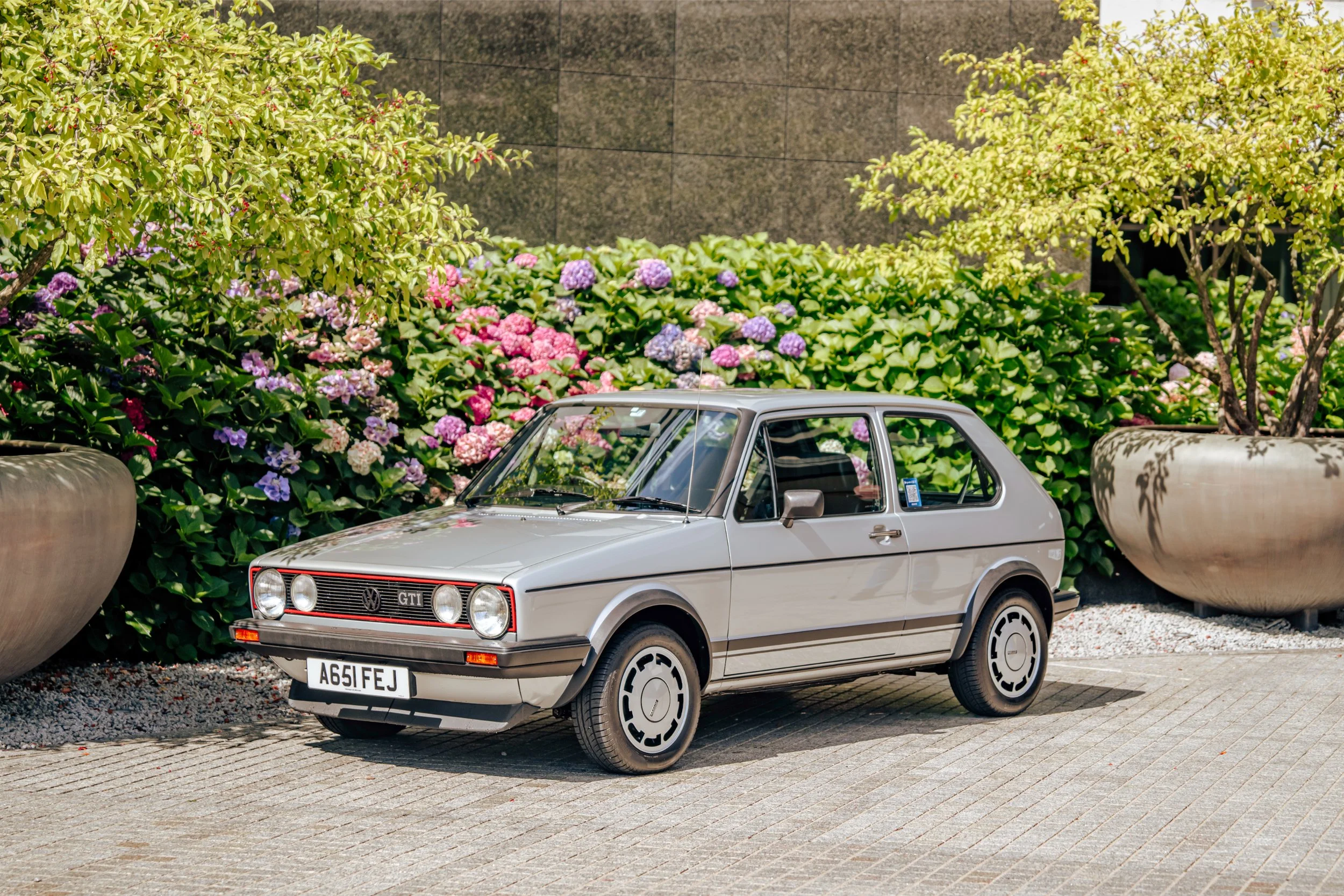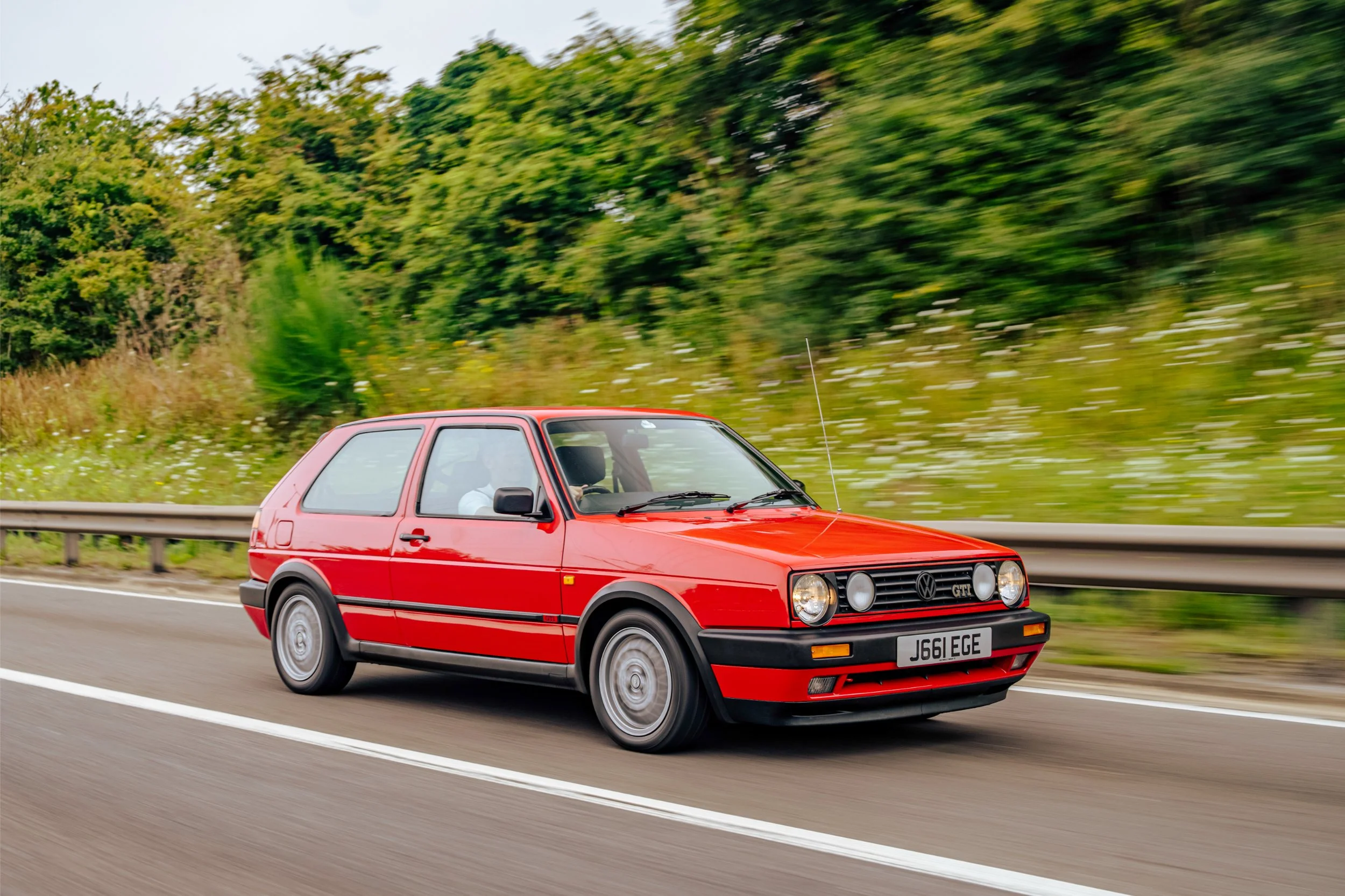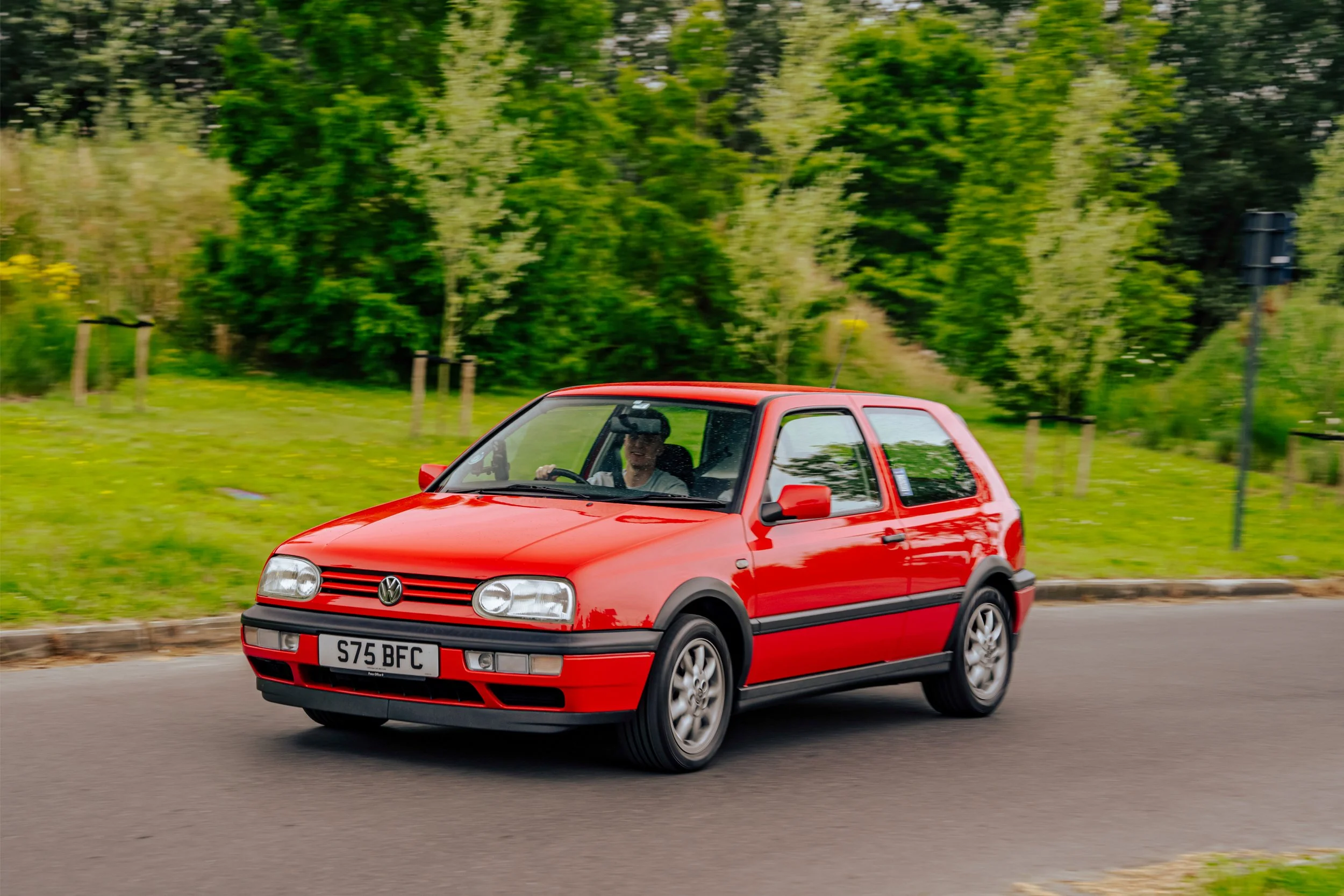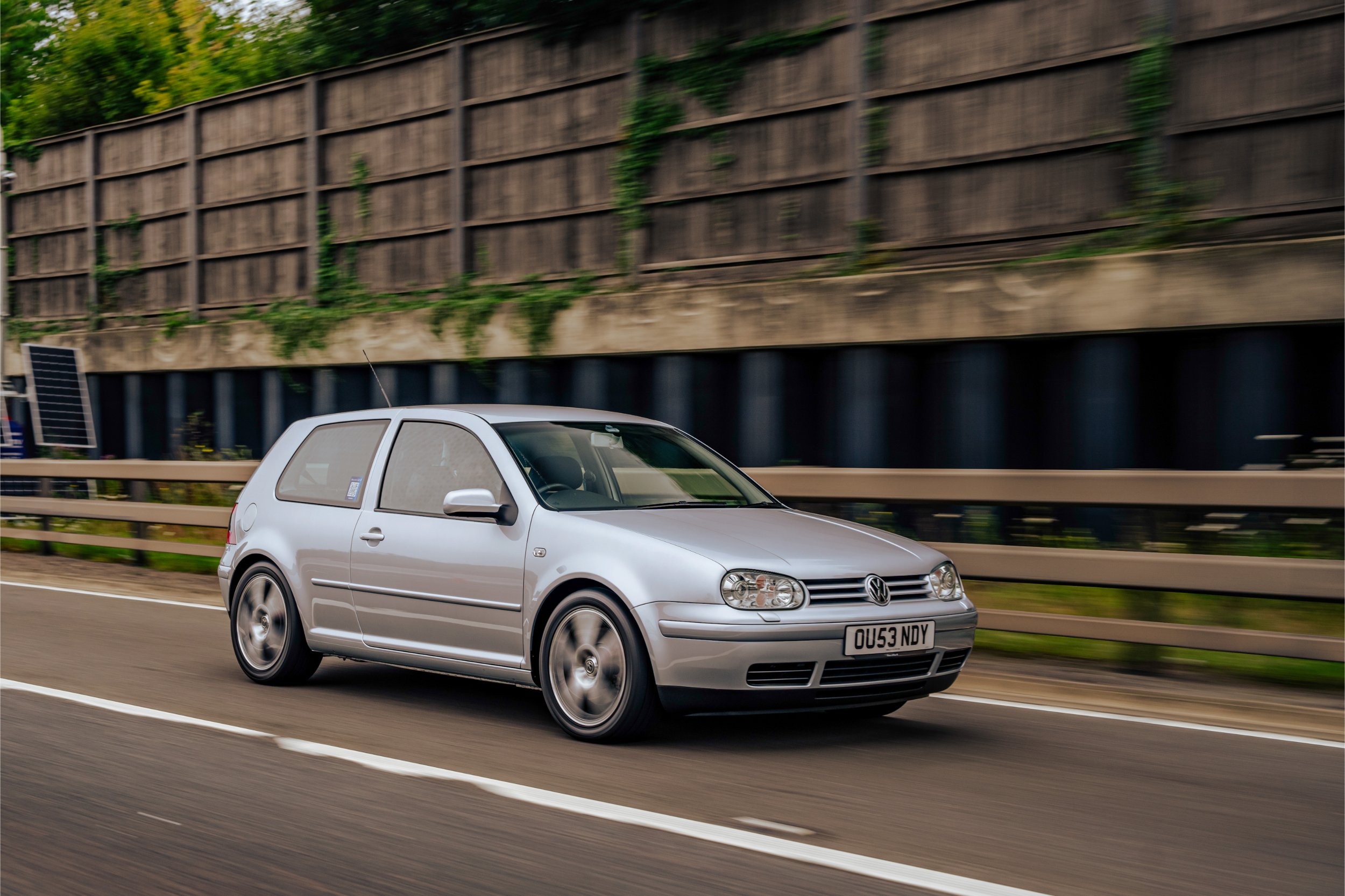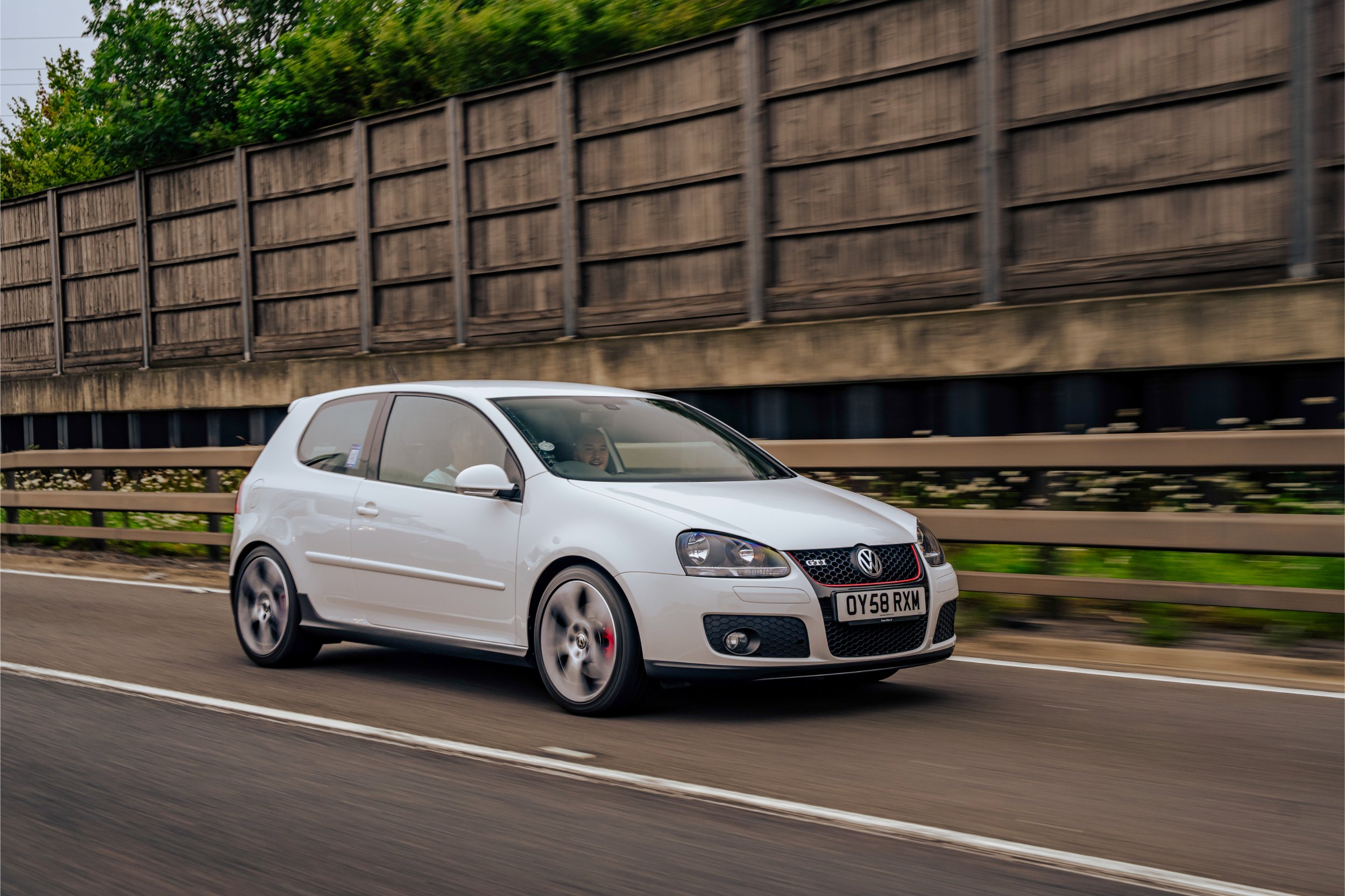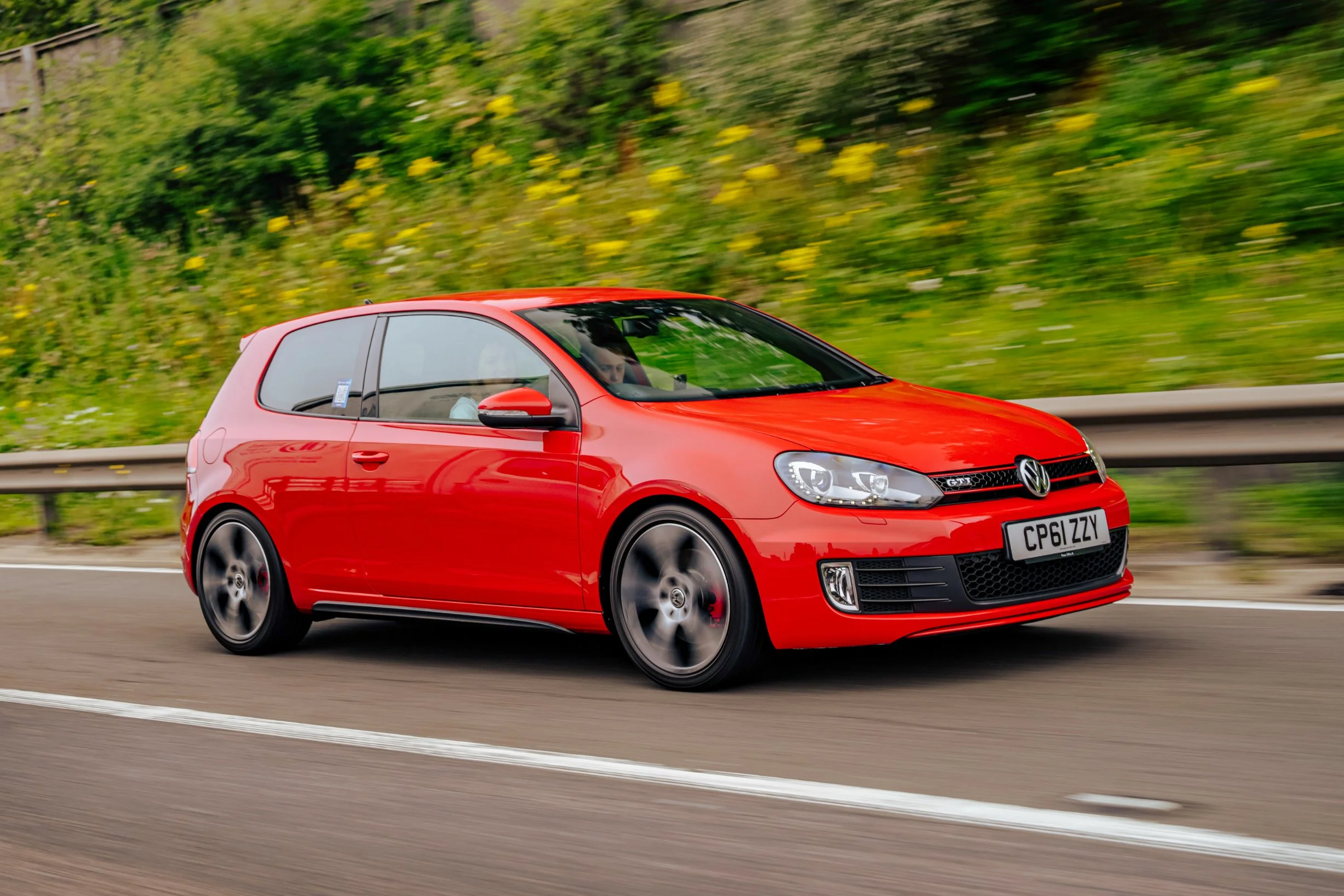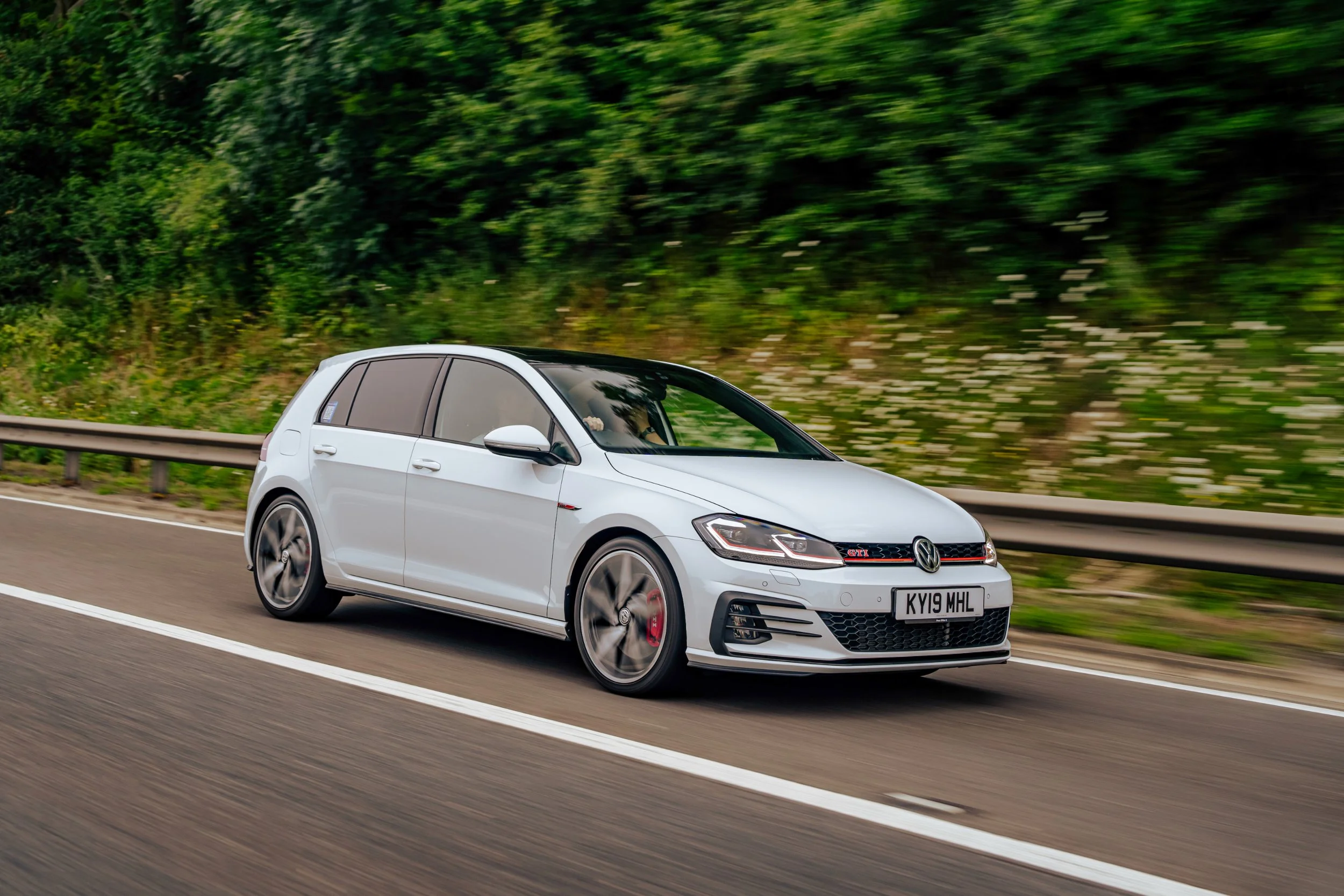FEATURE | The Story of the VW Golf GTI - Mk1 to Mk8.5
In 1985, The Times newspaper coined the phrase 'Hot Hatch' when writing about the VW Golf GTI. The writers were most likely referring to the impending arrival of the second generation of Golf GTI, following the very well-received Mk1, which had been on sale for 11 years prior, since 1976.
The first ever Golf GTI was a bit of an experiment, and rather than being dreamt up by a frustrated engineer wanting to work on faster cars, it was the brainchild of the head of press, Anton Konrad, which would lead to the small hatchback being one of the most successful and well-recognised performance brands for the next 50 years and beyond.
The History of the VW Golf GTI
To recap the story so far, let's start at the beginning–way back in May of 1974. The designer Giorgetto Giugiaro was getting firmly into a grove of iconic designs. Within the previous decade alone, he had successfully designed and started work on the Alfa Romeo Giulia Sprint GT, the Alfa Romeo Alfasud, the Iso Grifo, the Lotus Esprit, the Maserati Merak and Bora and, would have been in the process of designing the iconic BMW M1. Despite the strong start in the industry, his most notable challenge may have been from the manufacturer of the people's car, Volkswagen. Consider the Golf's predecessor, a round bubble-shaped car from the 1940s with a rear-mounted air-cooled engine, the Beetle.
Giugiaro didn't really do 'bubble-shaped' at the time, and so the new small car from VW would feature square lines, a boxy body, and, in a move that would shock the world, a conventional water-cooled engine mounted at the very front of the car as opposed to an air-cooled unit at the boot. Despite some initial apprehension, the Golf was a hit with customers when launched in 1974, and two years later, in 1976, it would get a significant upgrade.
Penned initially as the 'Sport Golf', the idea of a performance version of the new car was met with trepidation. Anton Konrad was pretty set in his plans to push the idea forward, and thanks to some support from a test engineer called Alfons Lowenburg and a small group of VW employees, the target of producing a practical yet sporty grand tourer was set. A marketeer called Horst-Dieter Scwittlinksy is responsible for the now iconic name by coming up with the term Grand Tourer Injection. All of a sudden, the Golf GTI was starting to take shape.
The designer Gunhild Liljequist was the first woman to join the GTI project. She was responsible for implementing some of the iconic interior design features that still exist 50 years on, such as the tartan upholstery and the golf ball gear knob.
The cautious bosses at VW still needed some persuasion but begrudgingly agreed to grant a production of 5,000 models as a trial. By the time production of the Mk1 Golf GTI was ending in 1983, a total of 456,690 cars had been produced and sold to customers around the world. The icon was born.
The Mk1 - 1976 > 1983
The Mk1 initially launched with a 1.7L 8-valve 4-cylinder engine producing 108hp through a 4-speed manual gearbox. In 1979, a new 5-speed gearbox was added as a standard feature, and in 1982, the engine size increased to 1.8L, producing 110.5HP. The quickest variant of the Mk1 could accelerate from 0-62mph in 9.2 seconds and achieve a top speed of 113mph.
The Mk2 - 1984 > 1991
The Mk2 GTI arrived with a bigger and boxier look taken from the standard Golf Mk2. It also had new features like dual headlights and a rear spoiler. The New GTI was powered by a new 1.8L four-cylinder engine with a five-speed gearbox, giving similar acceleration and top speeds to the predecessor despite being 180kg heavier. The Golf GTI 16V arrived in 1987 with a 0-62mph time of 8.9 seconds and a top speed of 130mph.
The Mk3 - 1992 > 1997
The GTI Mk3 represented the end of the classic GTI boxy styling, with a more curved shape, which was met with some apprehension. It was also heavier, but yet another engine upgrade, a 2L, 4-cylinder 8-valve and later 16-valve produced an ample 148hp, granting a top speed of 134mph and a 0-62mph sprint in 8.7 seconds.
The Mk4 - 1998 > 2002
The late 1990s was a confusing time for performance cars, and the Golf GTI was getting caught up in the mix. For the first time, VW launched GTI as a trim level rather than a dedicated performance version. This resulted in cars rolling around with GTI badges despite, in some cases, having a naturally aspirated petrol 1.8L and others a turbo diesel engine. A 1.8L Turbo charged GTI rewarded 180hp and a 0-62 sprint in 7.9 seconds, and later, in 2001, VW wanted to make things right with a 25th Anniversary special edition equipped with a punchier 20V engine. Oh, and the golf ball gear knob came back! - which was nice.
The Mk5 - 2003 > 2007
Having listened to the confused and grumpy noises from the press and consumers around the Mk4, VW scrapped the trim line idea for the Mk5 and ensured that everything with a GTI badge on the back was unquestionably a GTI. The engine was a 4-cylinder, 2.0L 16V turbo, which produced 198hp and accelerated from 0-62 in 7.2 seconds. A couple more classic design cues were also returned for the Mk5, such as tartan upholstery and the red bonnet stripe first seen on the Mk1.
The Mk6 - 2008 > 2012
For the Mk6, VW brought in racing driver Hans-Joachim Stuck to offer some motorsport expertise with the development. The result was a new 2.0L turbocharged engine and a fancy new electronic differential to help put down the power. The work resulted in a 0-62 time of 6.9 seconds and a top speed just shy of 150mph. The Mk5 era also featured another special edition, the Golf GTI Edition 35. The 35th-anniversary car debuted at the Nürburgring, achieving a Nordschleife lap time of 8 mins 38.
The Mk7 - 2013 > 2018
The 7th iteration of the Golf GTI followed the performance focus from the 6th. The aptly named 'GTI Performance' had a tweaked version of the 2.0L engine from before, producing 227hp. The Mk7 was also the first Golf GTI to exceed 150mph. A few years later, in 2015, the first-ever GTI Clubsport was launched, boasting an impressive 0-62mph of just 5.9 seconds. A year later, in 2016, to mark the 40th anniversary of the GTI, the Clubsport S arrived with a new aluminium subframe and the rear seats removed, which helped it secure a new FWD production car record at the Nürburgring of 7mins 49.2 seconds.
The Mk8 - 2019 > Present
Following the success of the Mk7 Clubsport models, the new standard Mk8 Golf GTI was set to be the most performance-focused yet. The Mk8 has aluminium subframes, stiffer suspension, and a new vehicle dynamics system that manages power and running gear functions up to 200 times per second. The new GTI is the first ever as a four-door-only option, with the 3 door no longer being available. The first edition Mk8 launched with a 2.0L turbo rewarding 238hp, but thanks to a mid-life upgrade with the 8.5, the power has been boosted by 20hp to 261hp.
>> Read more about the VW Golf GTI Mk8.5 in our dedicated review
words: John Marcar
photographs: Stu Price
additional research: Mike Booth


